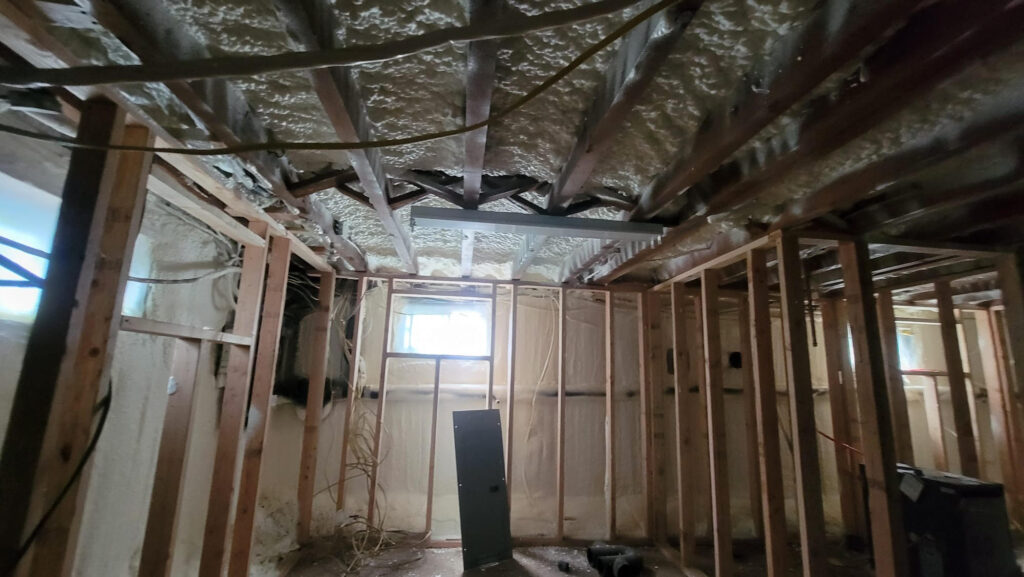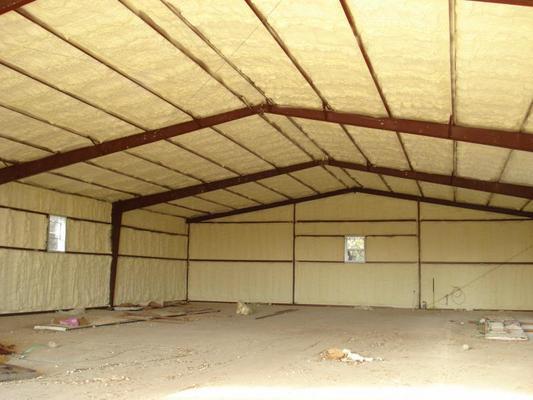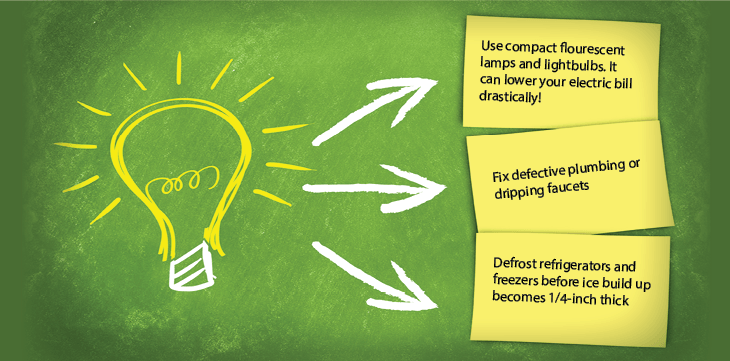Spray Foam Insulation near me for Residential Homes & Commercial Buildings
As a homeowner or someone who resides in Northern East Coast chances are you’ve wondered more than once how you could reduce your monthly energy costs while heating or cooling your home. It’s why you’re interested in investing in a breakthrough solution that reduces your energy bills: spray foam insulation.
You may not know this, but roughly 1/3 of conditioned air in homes escapes, even with traditional insulation. Good news is it doesn’t have to stay that way thanks to a tremendous solution called spray foam insulation.
Foam insulation is lightyears ahead of other types of traditional insulation like Cellulose or fiberglass.
For instance, spray foam forms an airtight barrier between the home and its environment, effectively keeping conditioned air sealed in and homes properly insulated. Fiberglass and cellulose insulation struggle with preventing air from flowing in and out (at will) from your home.
Spray foam insulation can be categorized into two different types: open cell and closed cell.
Open cell foam insulation
Open cell is a type of foam where the tiny cells are not completely closed. Open cell is less expensive because it uses fewer chemicals. It is a very good air barrier but does not provide any type of water vapor barrier. It is much more sponge-like in appearance. It is often used for interior walls because it provides sound reduction.
It is not recommended for outdoor applications. Unlike traditional insulation materials, spray foam insulation near me in New York, New York requires the experience of professional insulation contractors or more specifically, certified technicians in order to apply it correctly. This in itself is good as you can rest assured with a high-quality installation. With spray foam, you’re much better off not doing it yourself (DIY) as incorrect installation undermines the overall performance and safety of SPF
Closed Cell Foam Insulation
Closed cell foam insulation is much denser than open cell. It has a smaller, more compact cell structure. It is a very good air barrier as well as a water vapor barrier. It is often used in roofing projects or other outdoor applications, but can be used anywhere in the home.
One Step Insulation & Air Barrier
Icynene open cell and closed cell spray foam insulation products, ideal for homes and commercial buildings,insulate and air seal in one step. spray foam insulation is guaranteed to perform as specified for the life of your home or commercial building.
Perfect for environmentally designed structures, we invite you to learn how spray foam insulation helps create more energy-efficient homes and commercial buildings, whether you are an Architect specializing in commercial projects, a custom home builder/architect, production builder or homeowner, searching for the best insulation choice for your new or existing home.
Applications-Residential
spray foam insulation can be used in many residential applications including:
- Vented & Unvented Attics
- Internal & External Walls
- Crawls Spaces
- Cathedral Ceilings
- Bonus Rooms
- Basements
Whether an unusual design, a new home or part of an existing home renovation, Icynene Spray Foam insulation can adhere to most substrates, including steel, wood, concrete, and masonry. Icynene Spray Foam insulation is effective in both hot and cold climates to benefit homeowners in energy efficiency, noise reduction, moisture control and improved indoor air quality.
Find detail drawings, design notes, 3-part specs, code information, project examples and more below!
New Jersey – New York – Spray Foam Insulation Near Me
Spray Foam insulation Cost “Price” Per Square Foof.
Open Cell Spray Foam $0.40 To $0.65 Per Board Foot
Closed Cell Spray Foam $0.87 To $1 Per Board Foot
Minimum Service Charge Per Job is $2.100 To $2.500
Depending on Your Job and Situation.
Licensed Spray Foam insulation contractor
Milton Siavichay
Cell: (347)838-0498
Office: 718-984-7211
Sauls80@gmail.com
Spray Foam Insulation near me. Brooklyn, Staten Island, Queens, Manhattan, Bronx, surrounding areas of New York – New Jersey, Long Island






